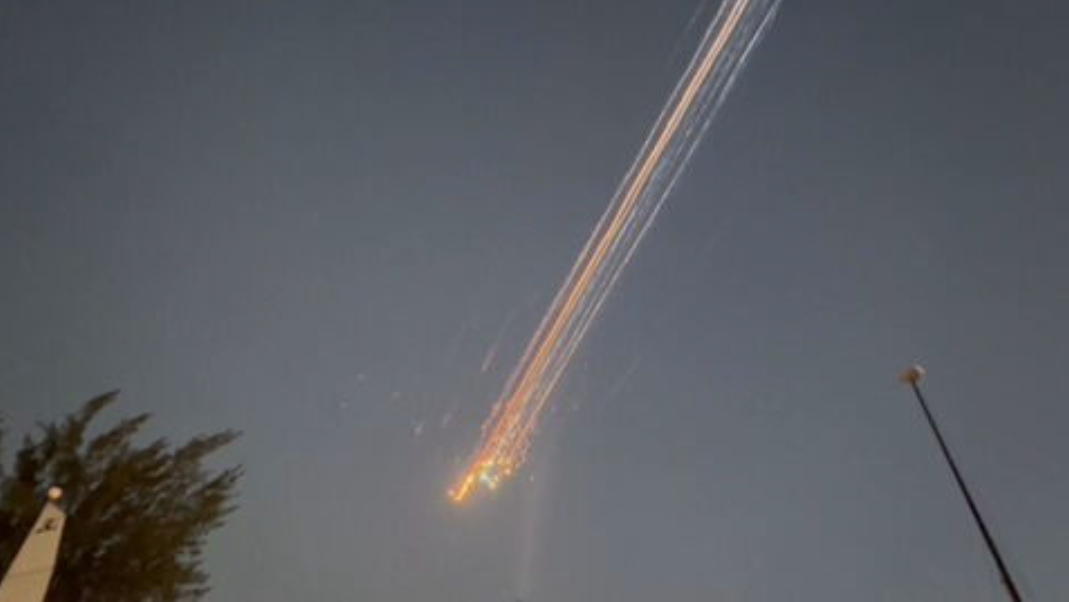Nearly two months after an explosion impacted the Turks and Caicos, SpaceX launched its mammoth Starship rocket on Thursday. However, minutes into the test flight, contact was lost as the spacecraft tumbled and broke apart. Wreckage from the explosion was seen over Florida, though it remains unclear if the self-destruct system was activated. The 403-foot (123-meter) rocket initially launched successfully from Texas, with SpaceX recovering the first-stage booster using mechanical arms. Issues arose as the spacecraft’s engines began shutting down during its eastward journey, leading to an uncontrollable spin. Starship reached nearly 90 miles (150 kilometers) in altitude before trouble occurred, preventing the deployment of four mock satellites. Images of flaming debris were captured near Cape Canaveral and shared online. SpaceX later confirmed the spacecraft underwent a “rapid unscheduled disassembly” during ascent, triggering pre-planned safety protocols. This flight did not reach the altitude or distance of the previous attempt. NASA plans to use Starship for lunar landings later this decade, while SpaceX’s Elon Musk envisions Mars missions. The spacecraft carried mock satellites resembling Starlink units for deployment practice. Following the prior explosion over the Atlantic, SpaceX redesigned Starship’s flaps, computers, and fuel systems. Leaking fuel reportedly caused engine shutdowns during the last test, activating the self-destruct mechanism. After implementing improvements, SpaceX received FAA clearance for this launch. SpaceX operates Starship from southern Texas and is constructing a new facility at Cape Canaveral, home to its Falcon rockets. — news from WSVN 7News | Miami News, Weather, Sports | Fort Lauderdale
